So my wife’s uncle decided to blow up his life here in the STL Area and move down to Tampa, FL. He’s a bachelor and a musician. As a result, his house here in STL was a shrine to music equipment of all kinds, from cowbells all the way up to PA systems. This guy had a ton of stuff. Primarily a guitarist by trade, he had a mountain of guitars – everything from beater acoustics and starter electrics to a crazy looking Parker Fly. It goes without saying that I loved visiting his house and jamming with him. There are recordings of these sessions that I don’t recommend anyone listen to.
Since Uncle Musician was moving down to Tampa and downsizing his life, he unfortunately needed to downsize his collection of gear also, including guitars. I got the pick of the litter. My haul? Two guitars that you probably have never heard of before, but they are collector’s items for sure – a Westbury Custom-S and a Electra MPC.


Westbury Custom-S
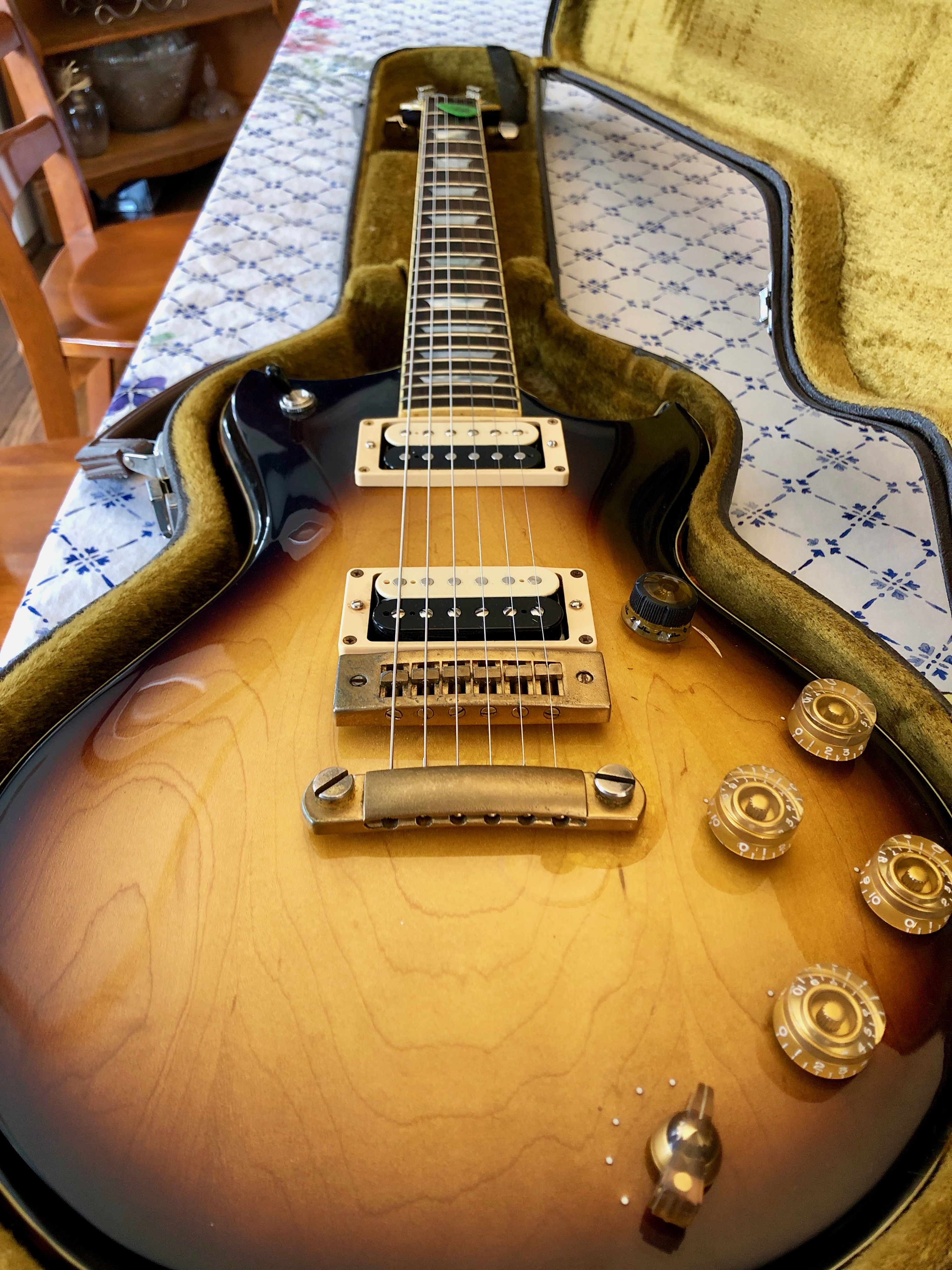
Westbury Guitars began manufacture under the Univox umbrella in 1978. They were produced from 1978 to 1982 and are now considered collector’s items. Paraphrasing from the site: The Westbury Custom-S (Super Custom) is similar to the Custom, except that it has a tortoiseshell over white body binding. It included all of the features of the Westbury Standard plus a 6 position pick-up switch for dual coil, single coil and in/out of phase functions. DiMarzio “Dual-Sound” pick-ups were loaded in it, and it had a bound 5 piece neck and head piece with super heavy duty close ratio tuning machines. The Custom had an extra long Travel Adjustable Bridge complete with gold plated hardware throughout the guitar. As far as woods were concerned, the Custom-S neck and body was Canadian Hard Rock Maple. The fretboards were Ebony with Mother Of Pearl position markers. The Westbury Custom-S was available in a Cherry Sunburst or a Tobacco Sunburst finish. It was manufactured from 1979-1981.
Electra MPC
Electra Guitars was a brand of guitars and basses manufactured in Japan and distributed in the US by two companies – Saint Louis Music and Pacific Coast Music. The MPC, or Modular Powered Circuit was introduced in 1976. Breaking from “stomp box” tradition, these guitars incorporated on-board effect units in the form of cartridges. From the site: “They put two shielded cavities in the back of the guitar for two sound modules, plus a space for a 9-volt battery. The Super Magnaflux humbuckers were routed through the Tone Spectrum Circuitry, a master volume and a master tone control. Replacing the dual tone toggles were two on/off toggles activating either or both sound modules. The two remaining potentiometers controlled the intensity of the effect. MPC guitar effects modules for Phase Shifter, Dynamic Fuzz, Treble/Bass boost, Tank Tone (fixed wah pedal), Overdrive, Filter Follower, Auto Wah, Tube Sound, Octave Box, Frog Nose (headphone amp) and Compressor were all made available for MPC equipped guitars.” Most of the earlier MPC models were comprised of mahogany bodies with maple tops, had set-in necks, ebony fretboards, and pearl inlays. Mine is “post-Copy Era”, because the headstock was changed to the signature “wave” from the Gibson-style “open book” that was present in earlier models.

I was super excited to get my hands on both of these guitars. It was immediately apparent upon plugging each of them in, however, that they needed quite a lot of love. Electronics in both guitars, especially the Electra, were a bird’s nest. The MPC had also been heavily modified from factory, which was a shame. Luckily, I had a luthier/tech here in town that I trusted quite a lot.
The pickups in the Westbury were shot, so I grabbed a set of Slash humbuckers for it and had those installed. Unfortunately, we were not able to find any wiring schematics for the 6-position switch, so I had the tech wire it up traditional Gibson style, with just the three-way switch, volume, and tone knobs. If I do end up finding schematics for it at some point, I’ll have it completely restored.
As for the Electra, it needed a lot more love. The electronics inside were pretty shot, soldering connections broken, etc. Luckily for me, I was able to track down wiring diagrams for it! With those in hand, the technician was able to clean out and completely rework the guitar’s innards, including the MPC boards. Upon plugging it in, we were pleasantly surprised to see that the modules still worked. Mine came with the Phase Shifter and Overdrive.
Both of these guitars sound totally wicked now. I can’t wait to track them. Look for some recording examples of both in the weeks to come.
Links
Westbury Guitars – This is Westbury’s website, which includes information on the old guitars.
Electra Guitars – This is Electra’s website. They’ve been back in business since 2013.
David’s Guitar Loft – Ben is the tech/luthier over there. He’s great.
Electra MPC Schematics – This is the website I had Ben use to refurb the MPC.
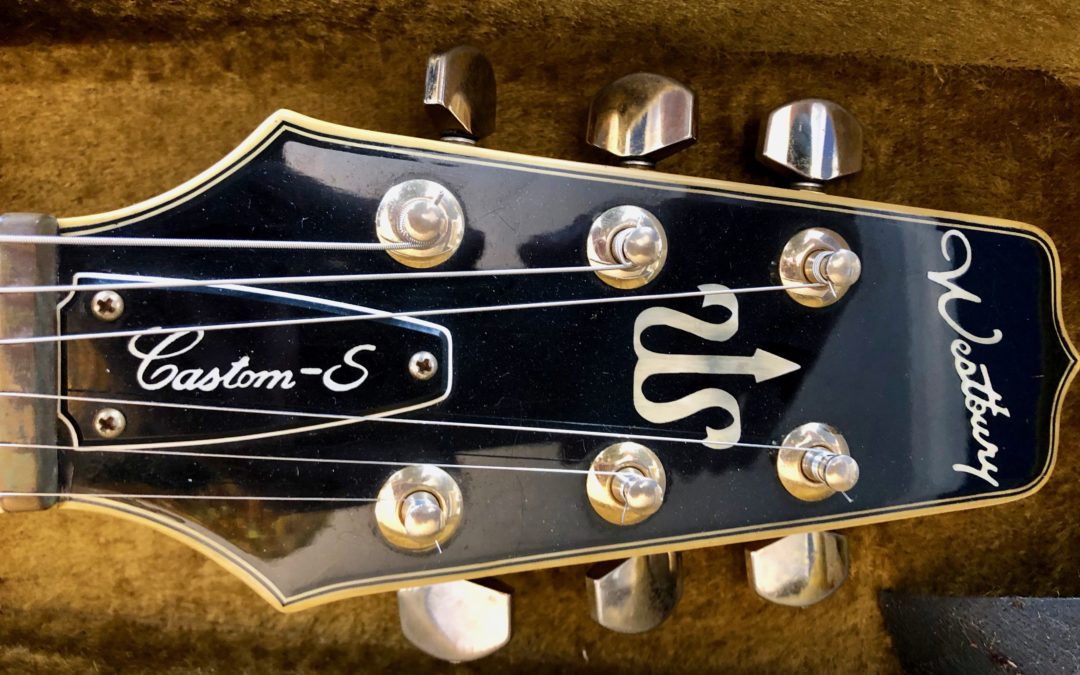

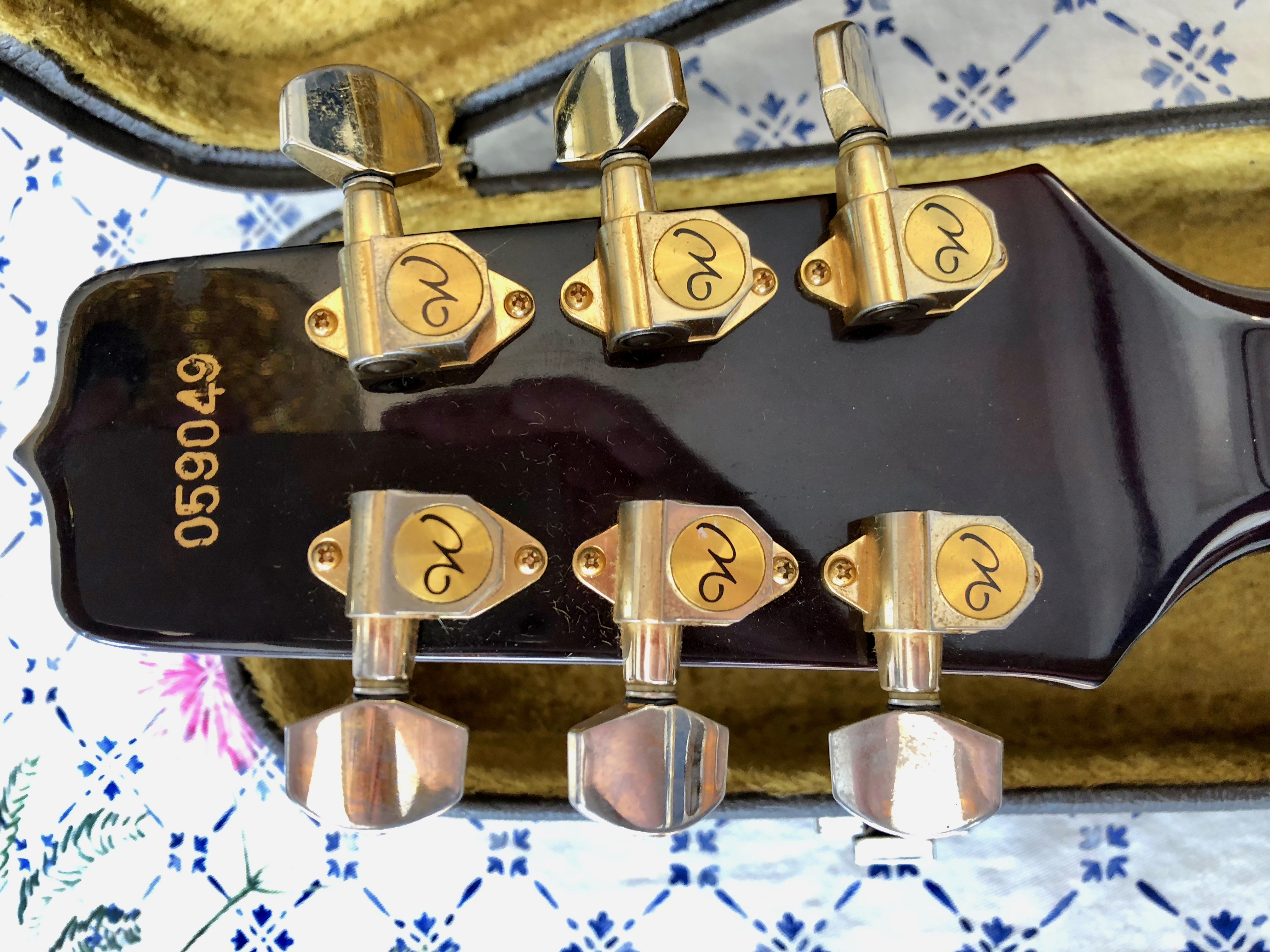








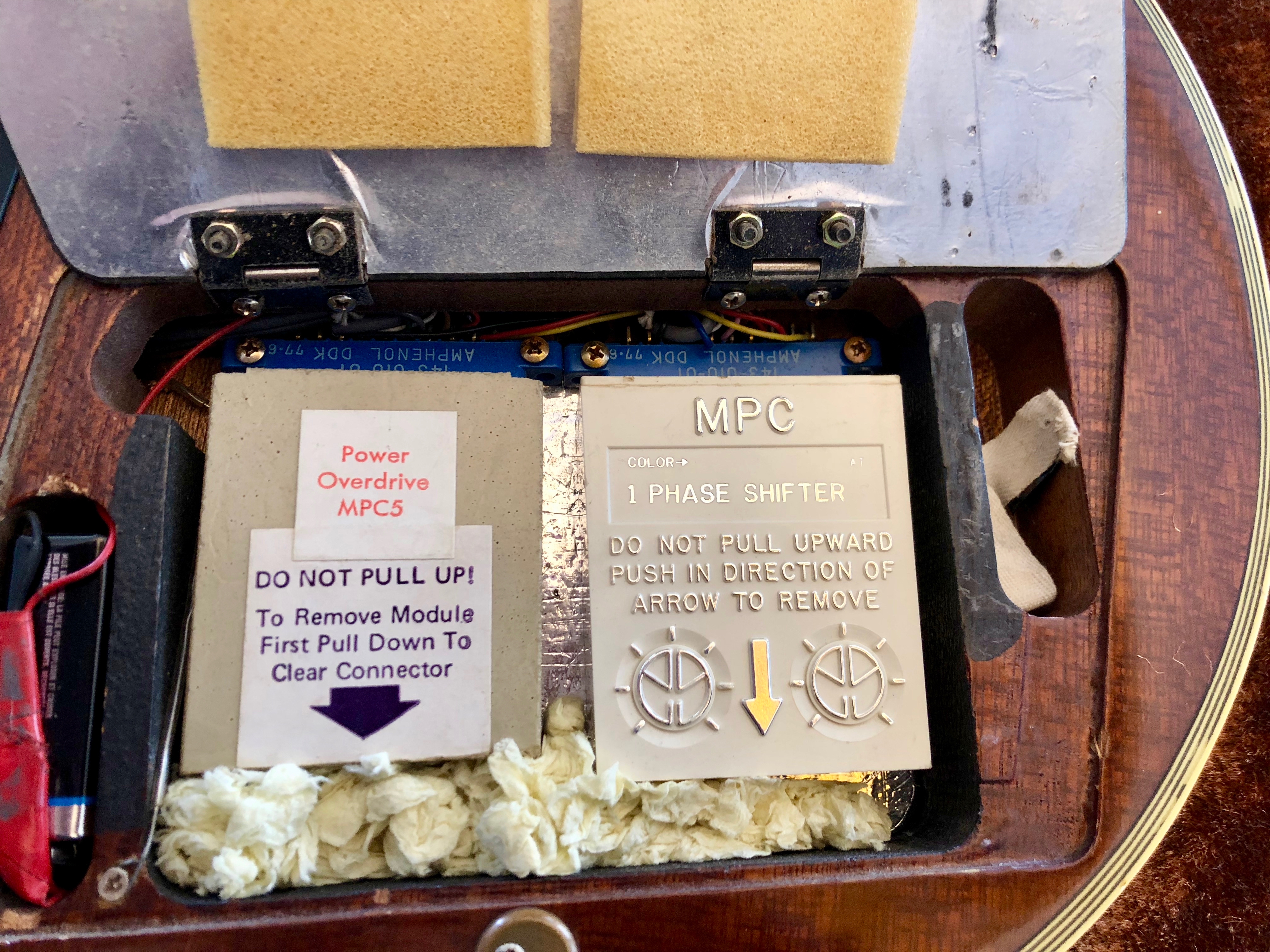
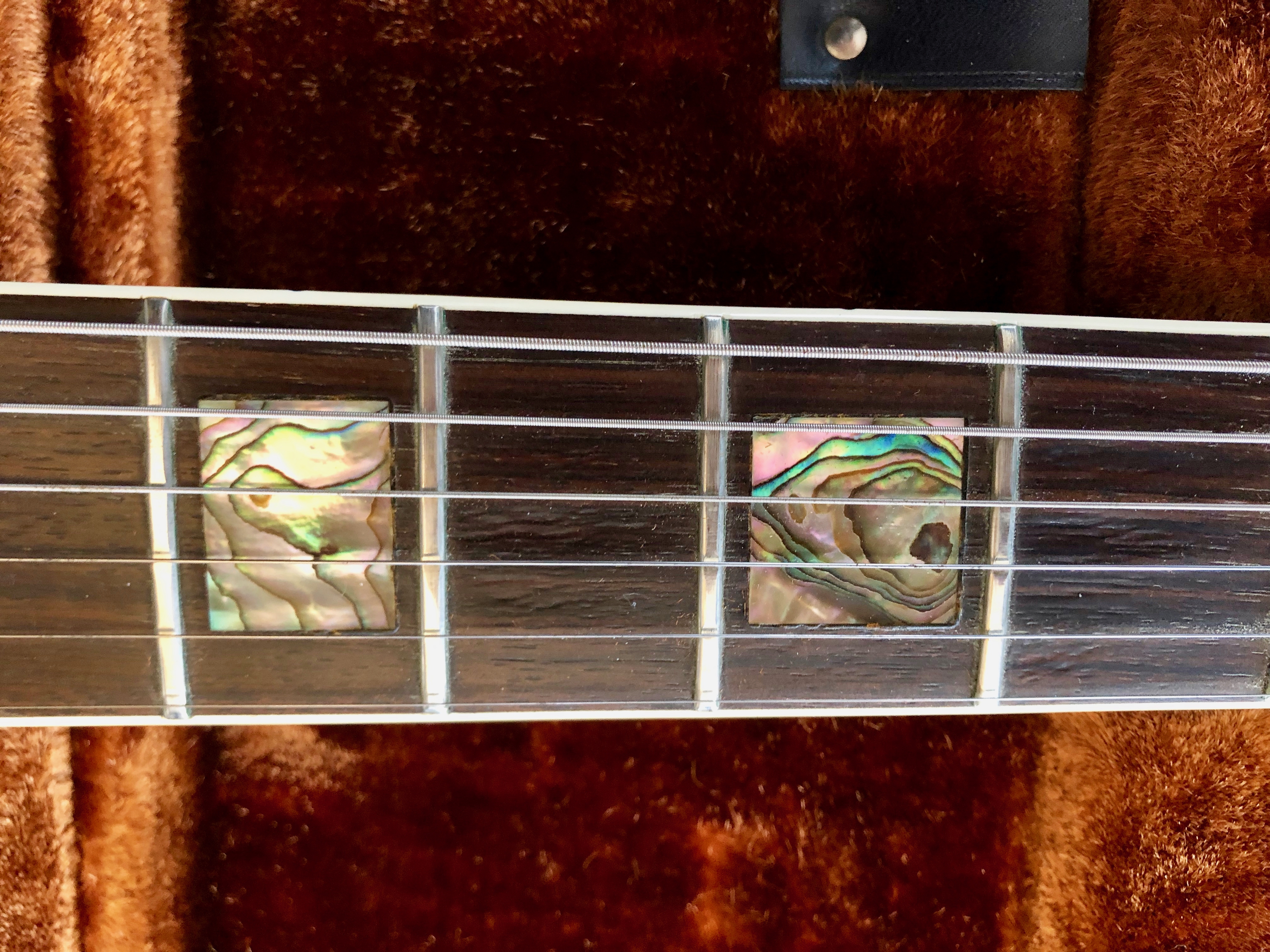

Recent Comments